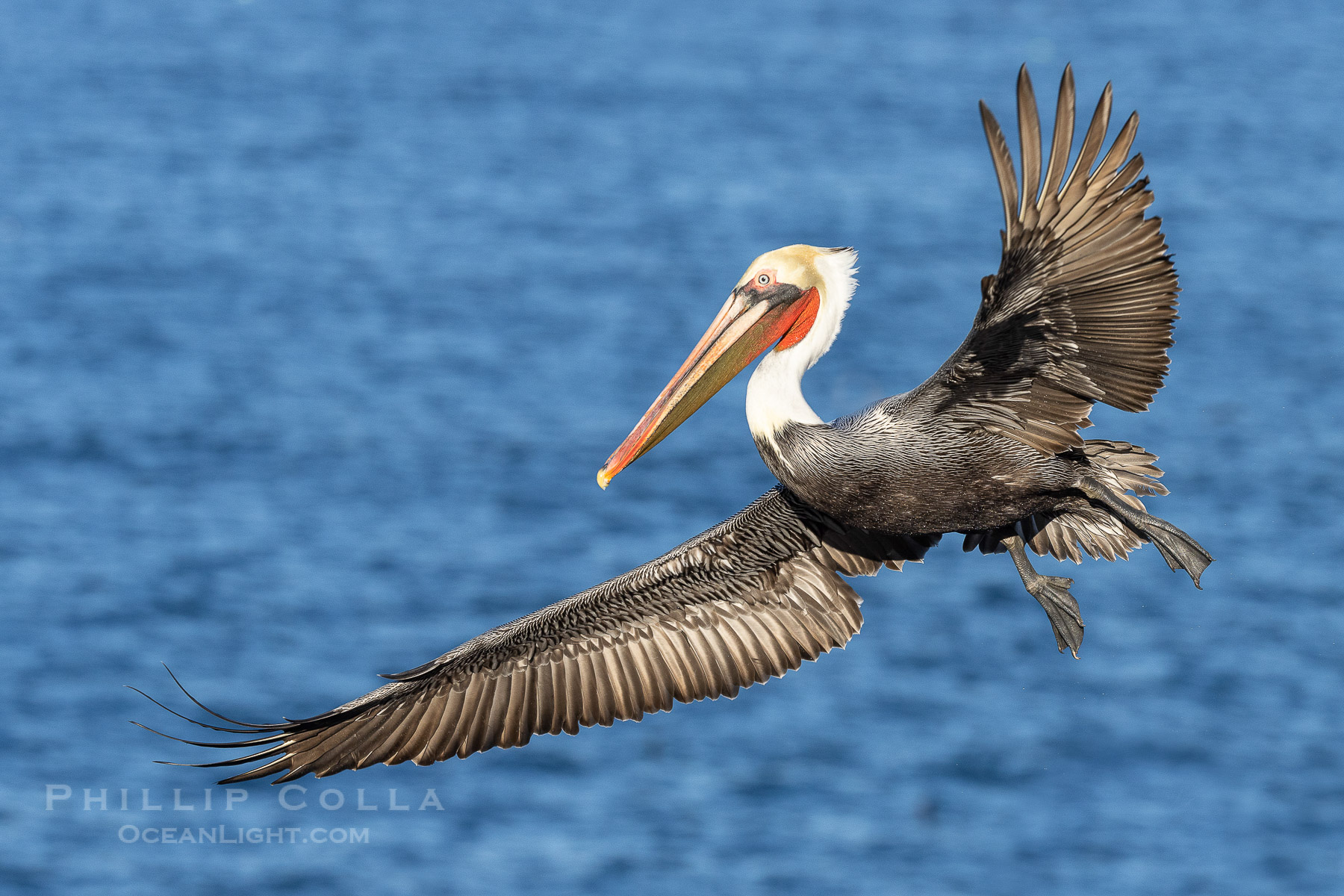My recommendations for the Canon R5 settings for birds in flight.
The world doesn’t need another image of a brown pelican in flight, but I enjoy trying to make different renditions of my favorite seabirds flying and it keeps me in practice during the winter between dive trips. Recently we had a confluence of conditions that offered ideal flight photography and I took advantage of it several mornings in a row. We had clear skies to the east, wind from the east, high tides in the morning, high surf and, on top of that, a large aggregation of bait just offshore. In those tidal and surf conditions the birds choose to roost higher up on the rocks since the lower areas are awash with waves, and with wind from the east the birds approach at the perfect sun angle. With the bait present, the birds would go out and forage (dive-bombing balls of sardines and mackerel alongside, terns, gulls and sea lions) and then return to rest, dry and preen before cycling back out to forage. In this way pelicans were constantly coming and going. Over several days I experimented with different focusing modes and sensitivities on my Canon R5, eventually settling on a combination that produces tack-sharp-on-the-eye most of the time. Sometimes the first handful of frames will be soft on the eye as the camera acquires focus, but once it is locked it remains sharp throughout most of the sequence, rarely loosing focus. This means one should engage the AF early, at least a few moments before releasing the shutter – but that has always been a best practice. All I have to do is stand in the right spot (there are three depending on wind angle and how many birds are on the cliffs) and pull the trigger. The light reaches the birds at 7:30 and by 8:30 I am picking up a cappuccino at Girard Gourmet on my way home with a bunch of images to review later in the day.
Below are the settings I currently use when shooting large slow birds in flight. I hand-hold a Canon 200-400, usually around 250-300mm for the flight shots depicted here. I no longer use a tripod for flight images as it simply gets in the way except for those few situations where the bird is steadily tracking a straight line and you can pan with it perfectly. Some can do that well but not me. I find handholding is better.
- The first ten minutes when the light reaches over the top of Mount Soledad is the best, but it changes fast and you can easily blow out highlights if you don’t check them.
- Once the sun is fully on the birds, my typical exposure with clear skies and sun at my back is ISO 500, f/5.6, 1/2500. It doesn’t change much over the first hour or so of the morning.
- Electronic shutter and continuous high frame advance so I have 20 frames per second and can choose the wing position that looks best. I don’t see any rolling shutter artifacts with slow-moving pelicans.
- cRAW rather than RAW, since cRAW cuts the file size in about half and roughly doubles the buffer to 99 frames. Combined with very fast memory cards in both slots, I never hit the buffer limit. I don’t see any degradation in image quality by using cRAW compared to RAW.
- AF operation: SERVO AF
- AF method: I use both Expand AF area (the “plus sign” to the right of 1-point AF) and Eye-tracking set to animals (not people).
- Shutter release: set to use Expand AF area as the focus mode, and this is what I use for flight. Yes, I believe it works a little better than Eye-tracking for flight situations. One does need to keep the focus points on the face of the bird.
- Back button AF-ON: set to use Eye-tracking as the focus mode. I used this for portrait situations. When initializing AF using the back button AF-ON, the R5 will continue to use Eye-tracking even when I depress the release shutter button in spite of the fact the shutter release by itself it set to use Expand AF area. So it is a perfect situation, I can use either AF mode instantly depending on whether its a flight image or portrait or head-throw.
- Servo AF: I use “Case 2: continue to track subjects, ignoring possible obstacles”. Furthermore, I set the Tracking Sensitivity to maximum minus (all the way left) and Accel/decel tracking to max plus (all the way right). My intuition tells me this setting is the most important in getting the focus perfect on the eye.
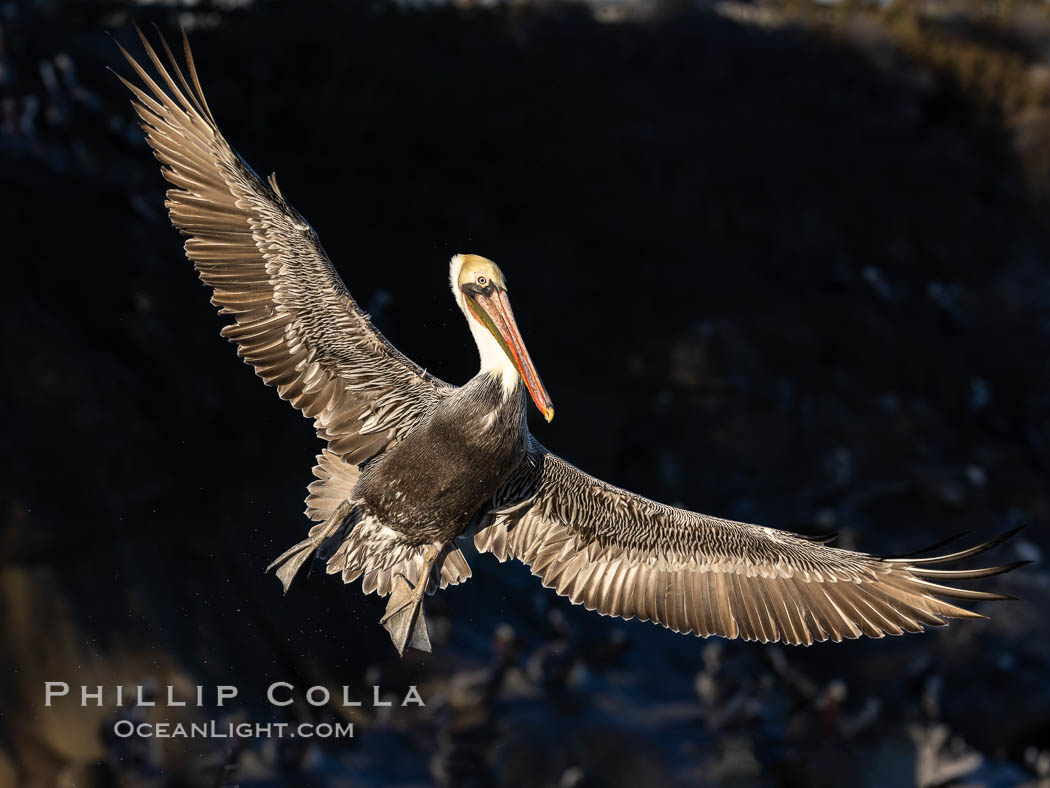
California brown pelican in flight, spreading wings wide to slow in anticipation of landing on seacliffs.
Image ID: 37411
Species: Brown Pelican, Pelecanus occidentalis californicus, Pelecanus occidentalis
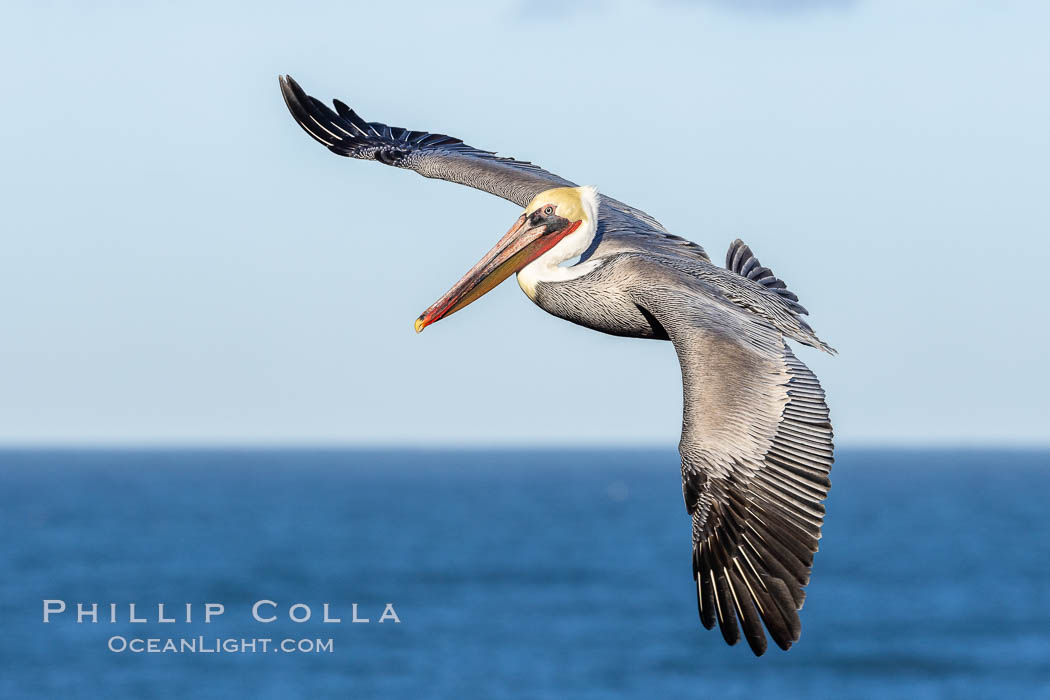
California Brown pelican in flight, soaring along sea cliffs above the ocean in La Jolla, California. The wingspan of the brown pelican is over 7 feet wide. The California race of the brown pelican holds endangered species status.
Image ID: 37410
Species: Brown Pelican, Pelecanus occidentalis californicus, Pelecanus occidentalis
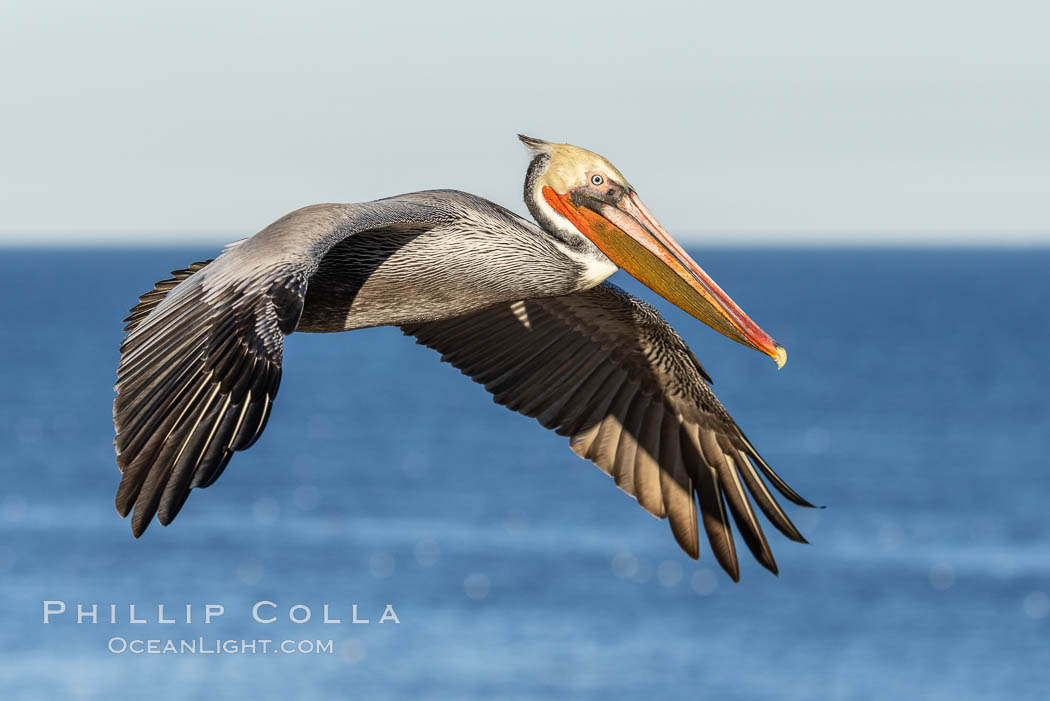
California Brown pelican in flight, soaring along sea cliffs above the ocean in La Jolla, California. The wingspan of the brown pelican is over 7 feet wide. The California race of the brown pelican holds endangered species status.
Image ID: 37412
Species: Brown Pelican, Pelecanus occidentalis californicus, Pelecanus occidentalis
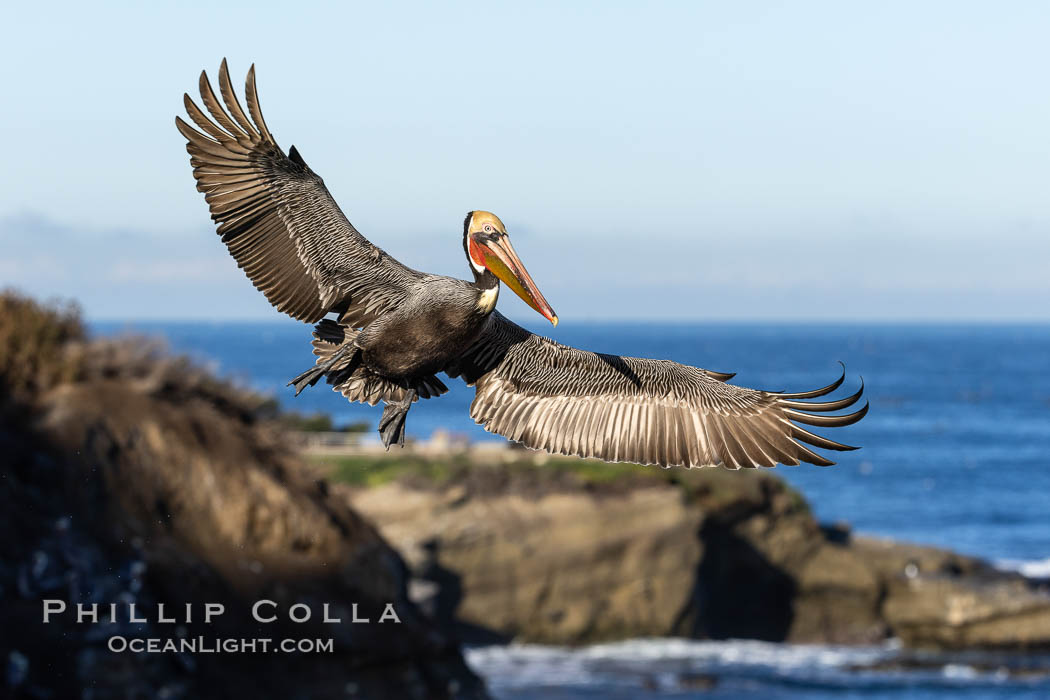
California brown pelican in flight, spreading wings wide to slow in anticipation of landing on seacliffs.
Image ID: 37414
Species: Brown Pelican, Pelecanus occidentalis californicus, Pelecanus occidentalis
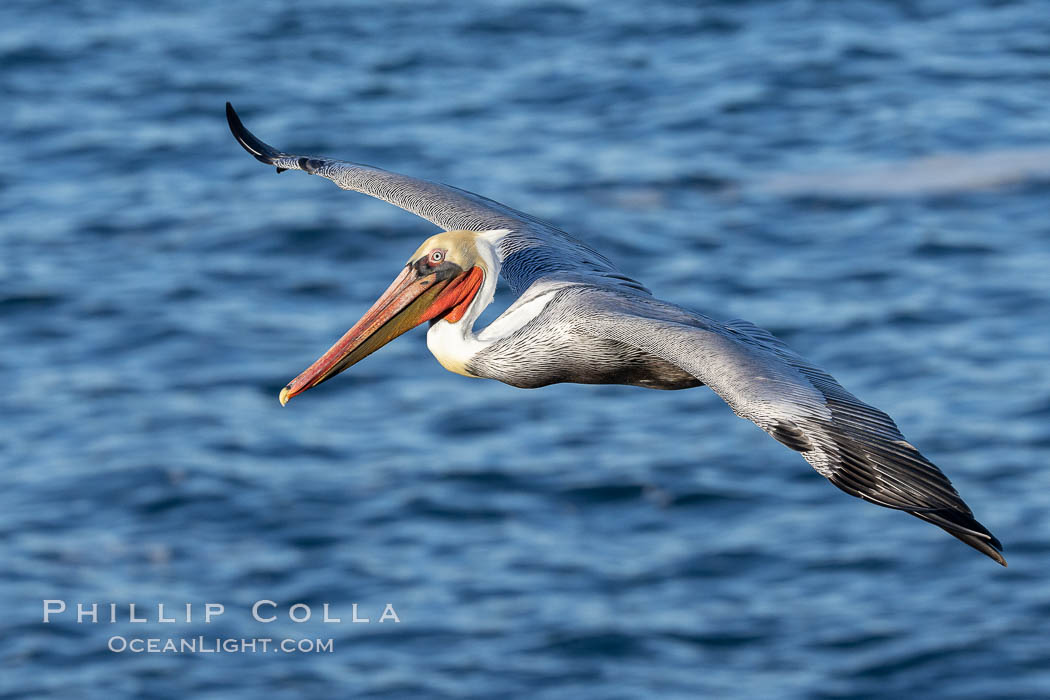
California Brown pelican in flight, soaring along sea cliffs above the ocean in La Jolla, California. The wingspan of the brown pelican is over 7 feet wide. The California race of the brown pelican holds endangered species status.
Image ID: 37413
Species: Brown Pelican, Pelecanus occidentalis californicus, Pelecanus occidentalis
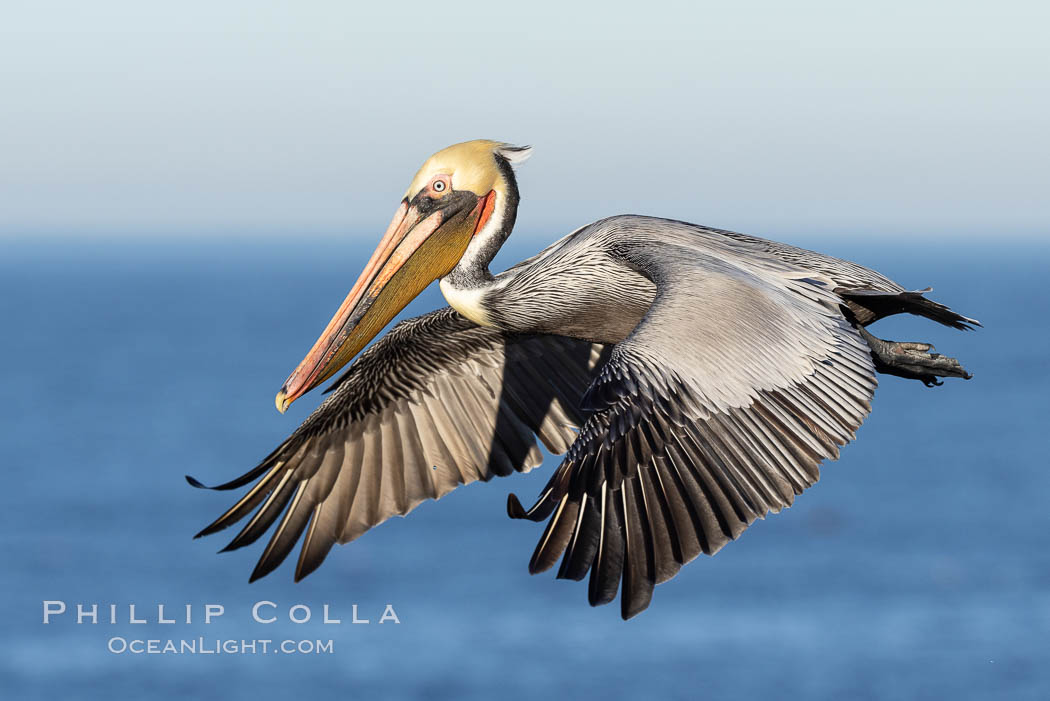
California Brown pelican in flight, soaring along sea cliffs above the ocean in La Jolla, California. The wingspan of the brown pelican is over 7 feet wide. The California race of the brown pelican holds endangered species status.
Image ID: 37415
Species: Brown Pelican, Pelecanus occidentalis californicus, Pelecanus occidentalis
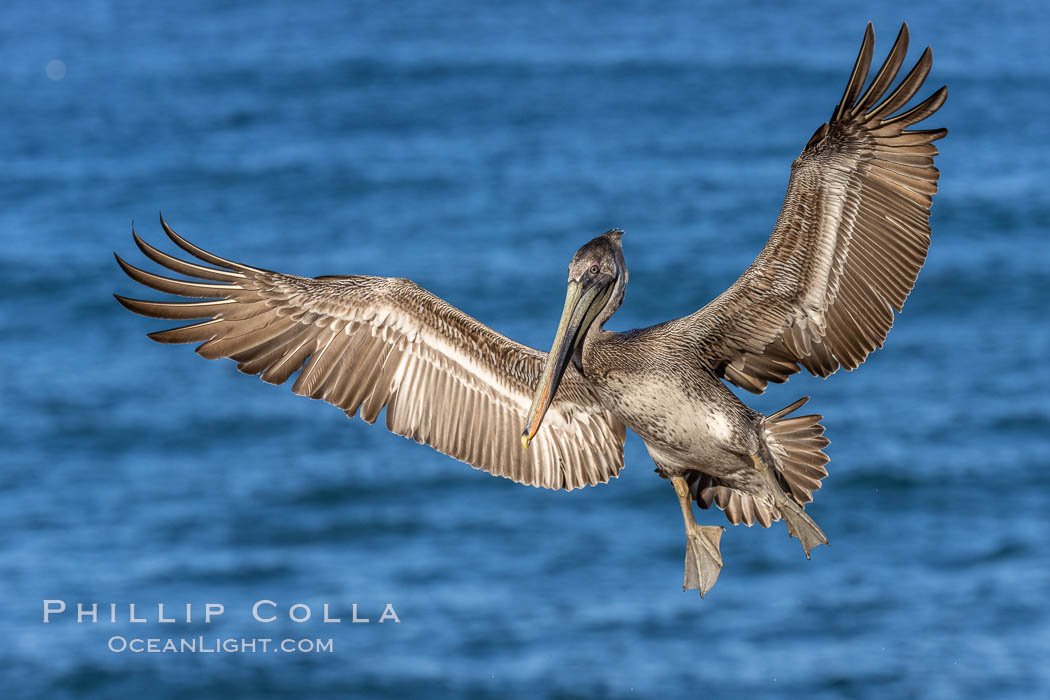
California brown pelican in flight, spreading wings wide to slow in anticipation of landing on seacliffs.
Image ID: 37416
Species: Brown Pelican, Pelecanus occidentalis californicus, Pelecanus occidentalis
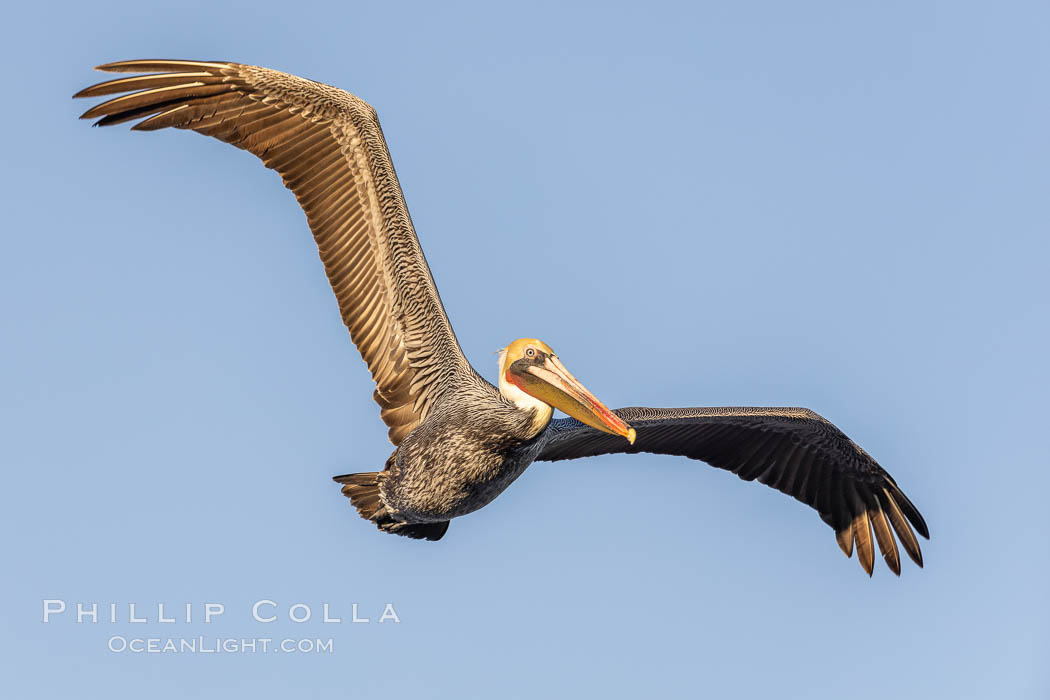
California Brown pelican in flight, soaring along sea cliffs above the ocean in La Jolla, California. The wingspan of the brown pelican is over 7 feet wide. The California race of the brown pelican holds endangered species status.
Image ID: 37417
Species: Brown Pelican, Pelecanus occidentalis californicus, Pelecanus occidentalis
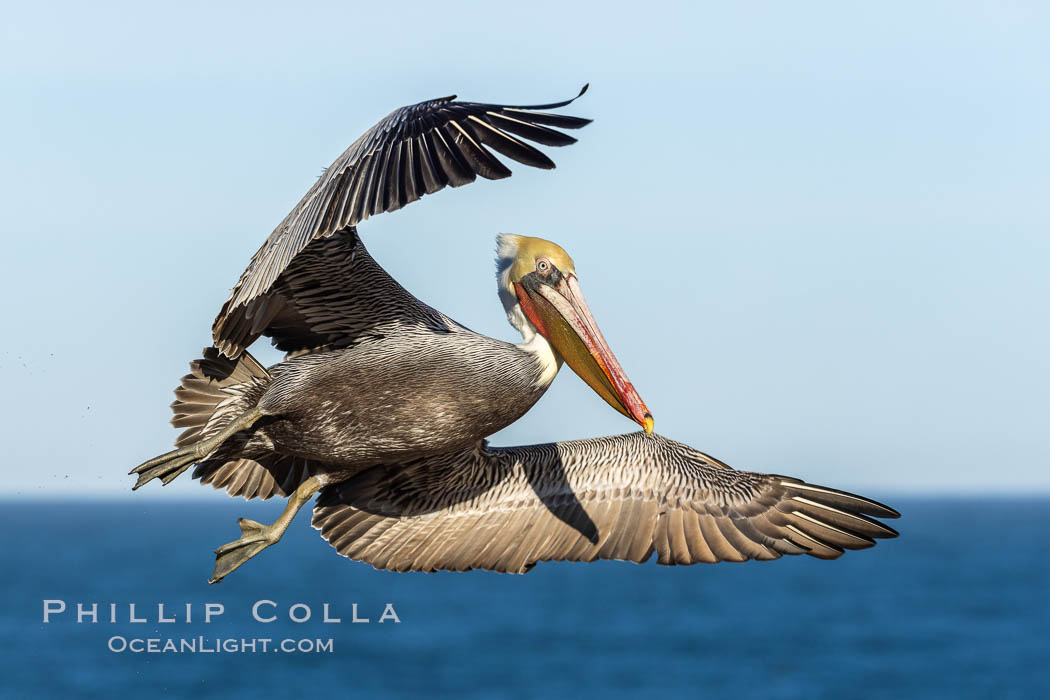
California brown pelican in flight, spreading wings wide to slow in anticipation of landing on seacliffs.
Image ID: 37418
Species: Brown Pelican, Pelecanus occidentalis californicus, Pelecanus occidentalis
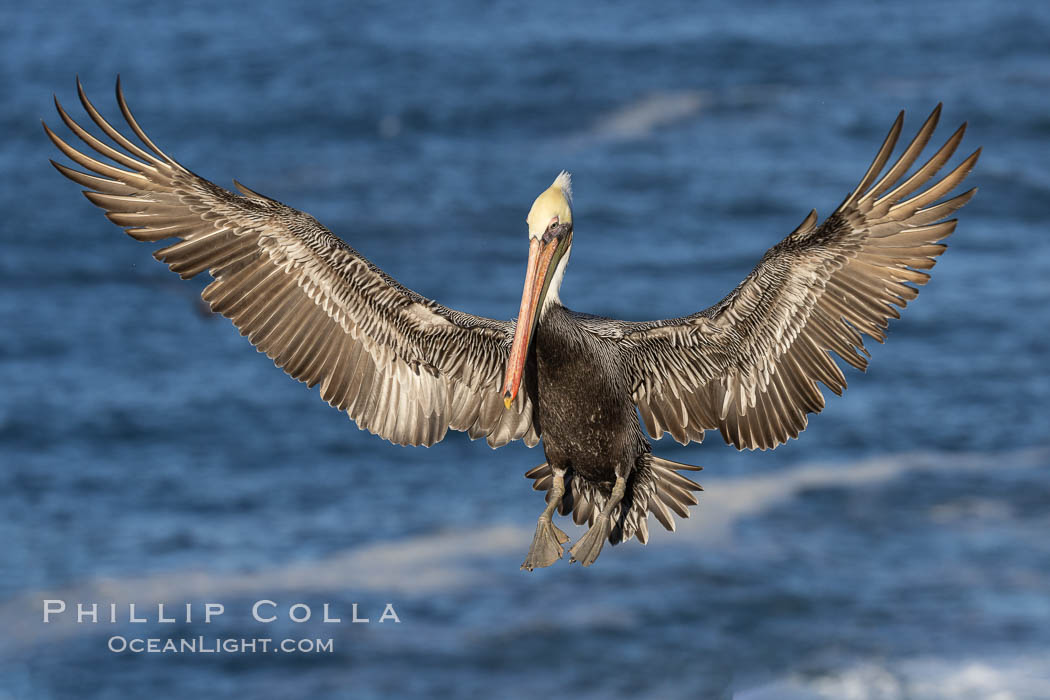
California brown pelican in flight, spreading wings wide to slow in anticipation of landing on seacliffs.
Image ID: 37420
Species: Brown Pelican, Pelecanus occidentalis californicus, Pelecanus occidentalis
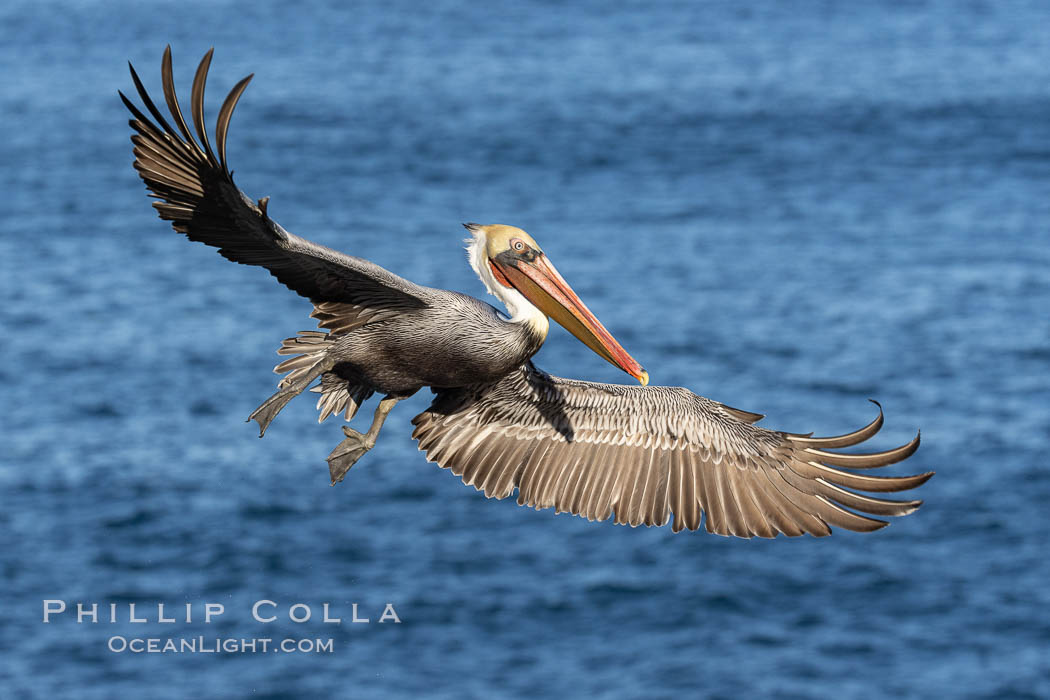
California brown pelican in flight, spreading wings wide to slow in anticipation of landing on seacliffs.
Image ID: 37423
Species: Brown Pelican, Pelecanus occidentalis californicus, Pelecanus occidentalis
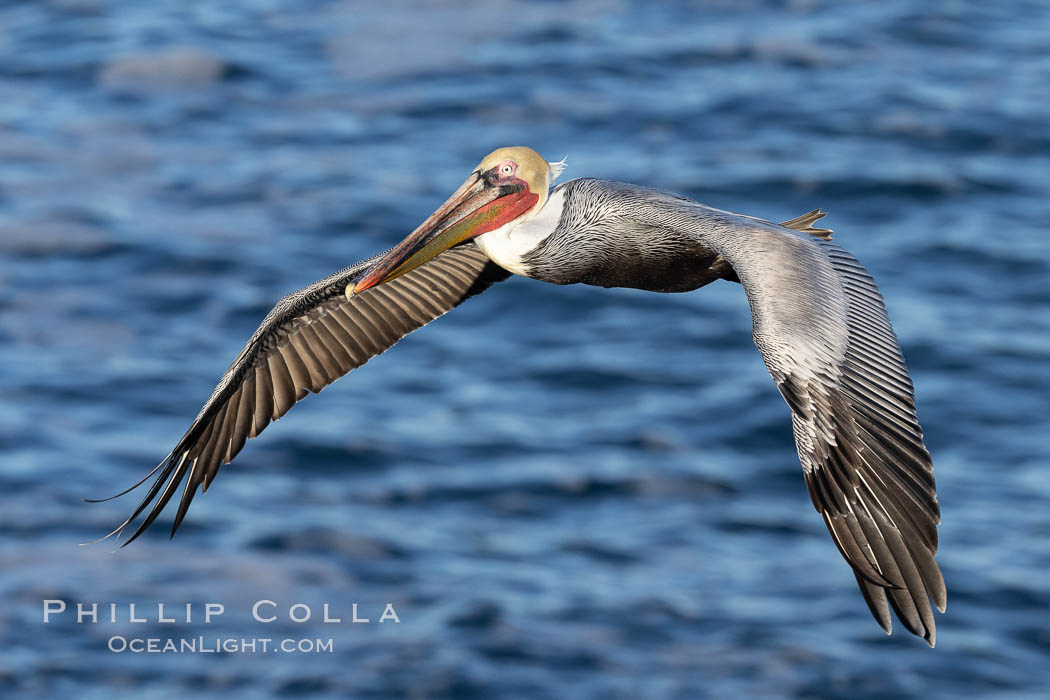
California Brown pelican in flight, soaring along sea cliffs above the ocean in La Jolla, California. The wingspan of the brown pelican is over 7 feet wide. The California race of the brown pelican holds endangered species status.
Image ID: 37424
Species: Brown Pelican, Pelecanus occidentalis californicus, Pelecanus occidentalis
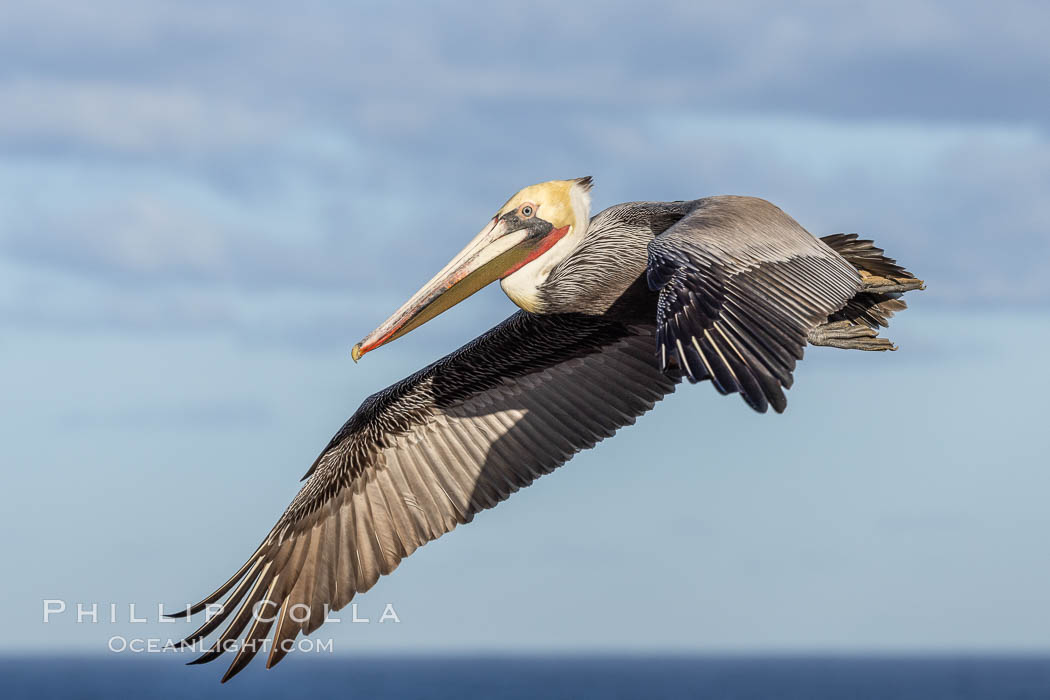
California Brown pelican in flight, soaring along sea cliffs above the ocean in La Jolla, California. The wingspan of the brown pelican is over 7 feet wide. The California race of the brown pelican holds endangered species status.
Image ID: 37426
Species: Brown Pelican, Pelecanus occidentalis californicus, Pelecanus occidentalis
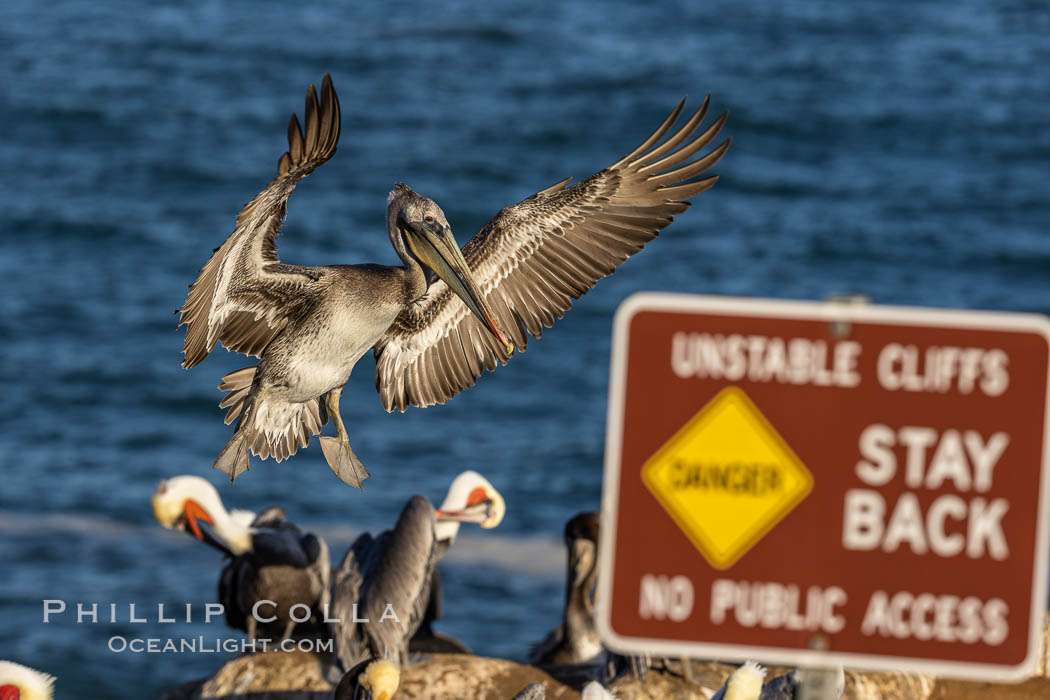
Unstable Cliffs, Stay Back, No Public Access.
Image ID: 37445
Location: La Jolla, California, USA
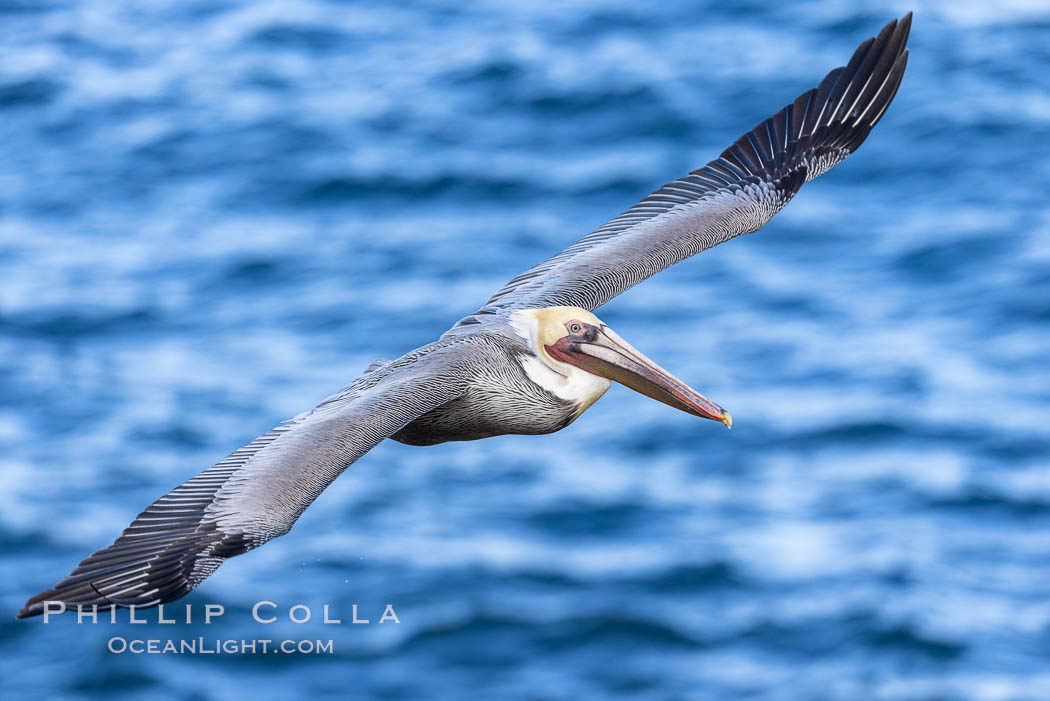
Brown pelican in flight, soaring over the Pacific ocean near San Diego. The wingspan of the brown pelican is over 7 feet wide. The California race of the brown pelican holds endangered species status. In winter months, breeding adults assume a dramatic plumage.
Image ID: 37558
Species: Brown Pelican, Pelecanus occidentalis californicus, Pelecanus occidentalis
Location: La Jolla, California, USA
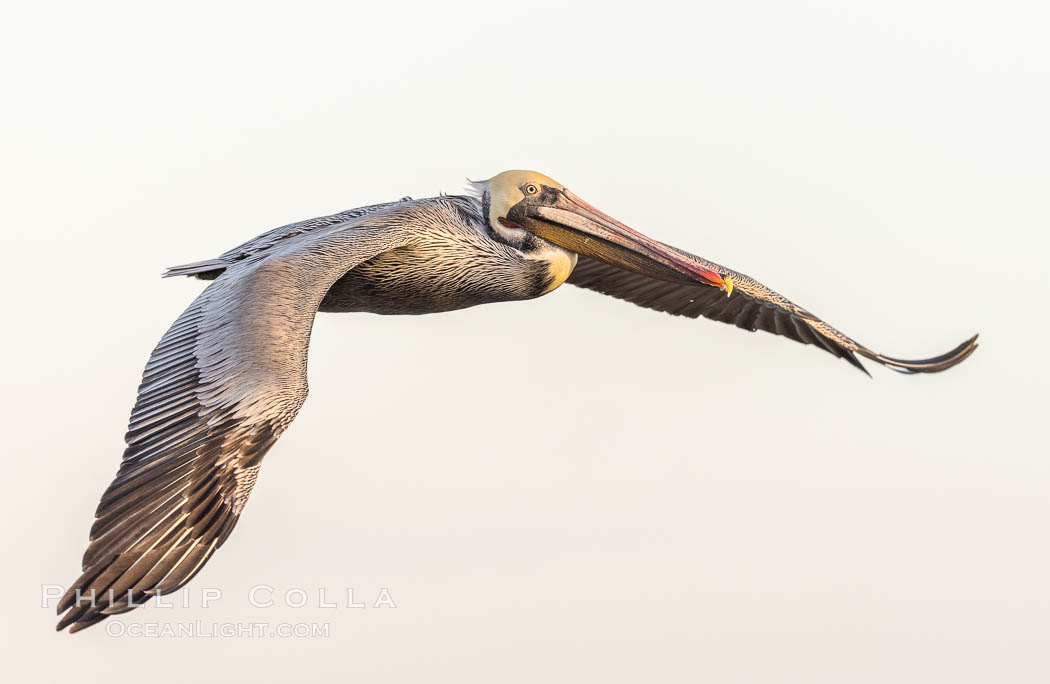
California Brown pelican in flight, captured beautifully as it soars over cliffs and the ocean in La Jolla, California.
Image ID: 37575
Species: Brown Pelican, Pelecanus occidentalis, Pelecanus occidentalis californicus
